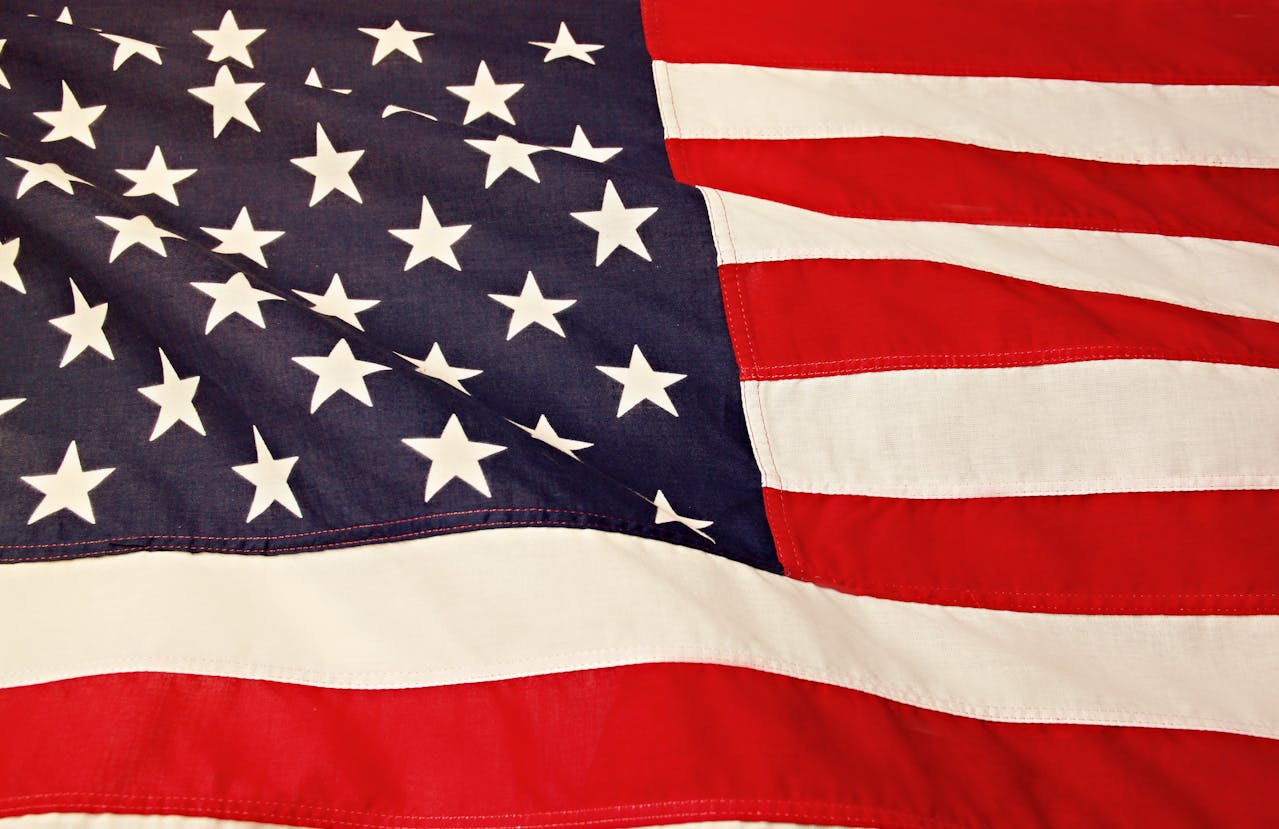From grade school murals to holiday parades, American history travels best as a story, which is why tidy legends often outrun the facts. Heroes ride alone, single dates stand in for years of grind, and small myths grow into national habits. Letting go of them does not shrink the past. It restores the patient work behind it. Real change came through letters, committees, and setbacks, then the awkward courage to try again when plans failed. That effort deserves more credit than any fable.
Independence Began And Ended On July 4
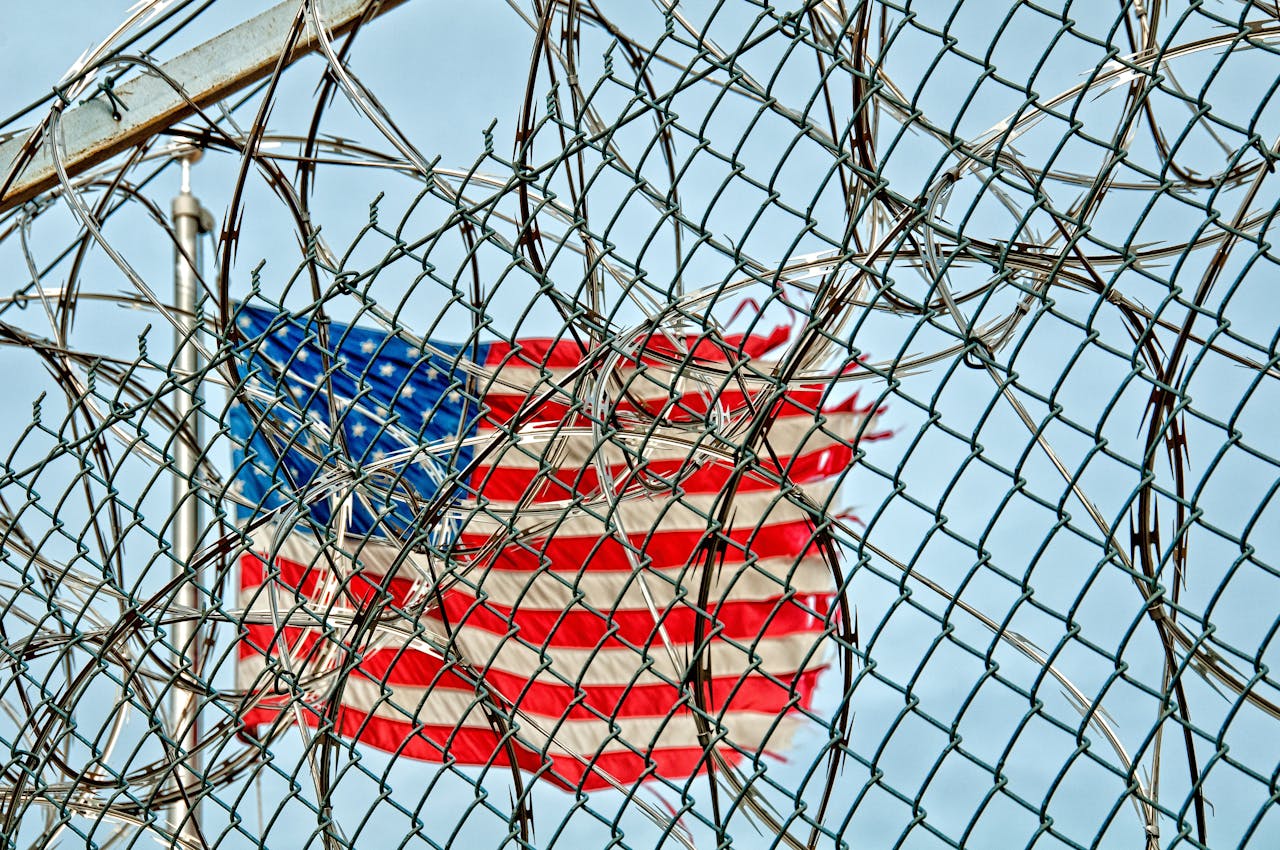
July 4 marks adoption of the Declaration, not the legal finish line. The war had started in 1775 and continued long after the summer in Philadelphia. Formal recognition came with the Treaty of Paris, signed on Sept. 3, 1783 and ratified the next year. Independence was not a firework so much as a long negotiation backed by campaigns, loans, and diplomacy. The date we celebrate is a beginning. The end arrived only when allies, merchants, and weary armies turned a claim into a country with borders.
The First Thanksgiving Looked Like A Norman Rockwell Table

The 1621 harvest gathering in Plymouth was a three day event shaped by diplomacy and survival, not a set menu of turkey and pie. Wampanoag leaders and English settlers likely ate venison, waterfowl, and native crops like corn and squash. No sugar desserts or molded cranberry sauce, and no black hats with buckles. Relations shifted in the years that followed, reminding modern diners the scene was fragile and temporary. The holiday we know was built much later by memory, schoolrooms, and menus.
Paul Revere Rode Alone Shouting A Famous Line
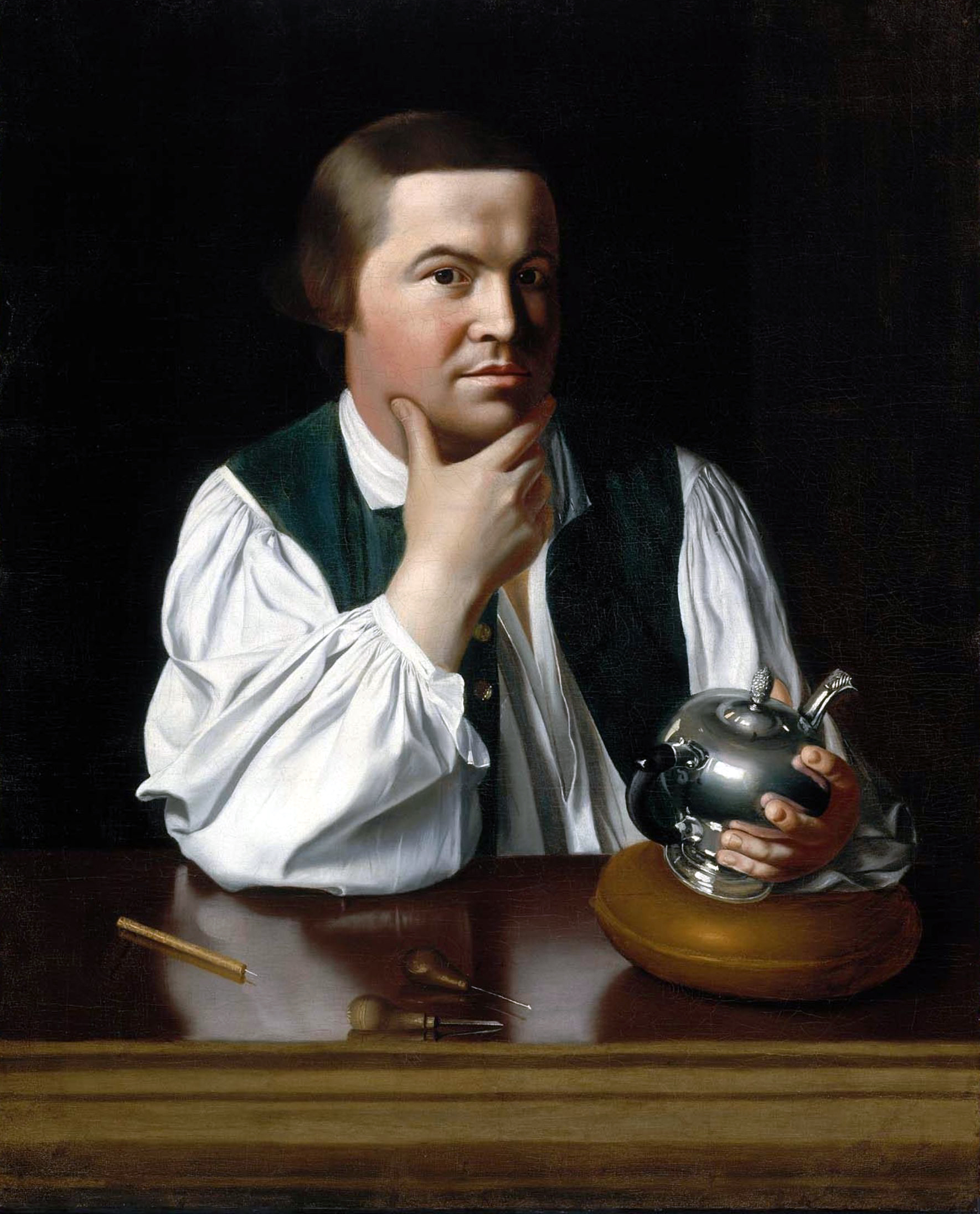
The colonies did not wake to a single midnight rider. Paul Revere was part of a network with William Dawes, Samuel Prescott, and many locals who spread warnings across towns and farms. The phrase British are coming is a later flourish. Revere would have said regulars are out to people who already knew the Crown wore that uniform. The alert system worked because it was local, redundant, and fast, built on prior planning and shared routes, not a lone gallop.
George Washington And The Cherry Tree
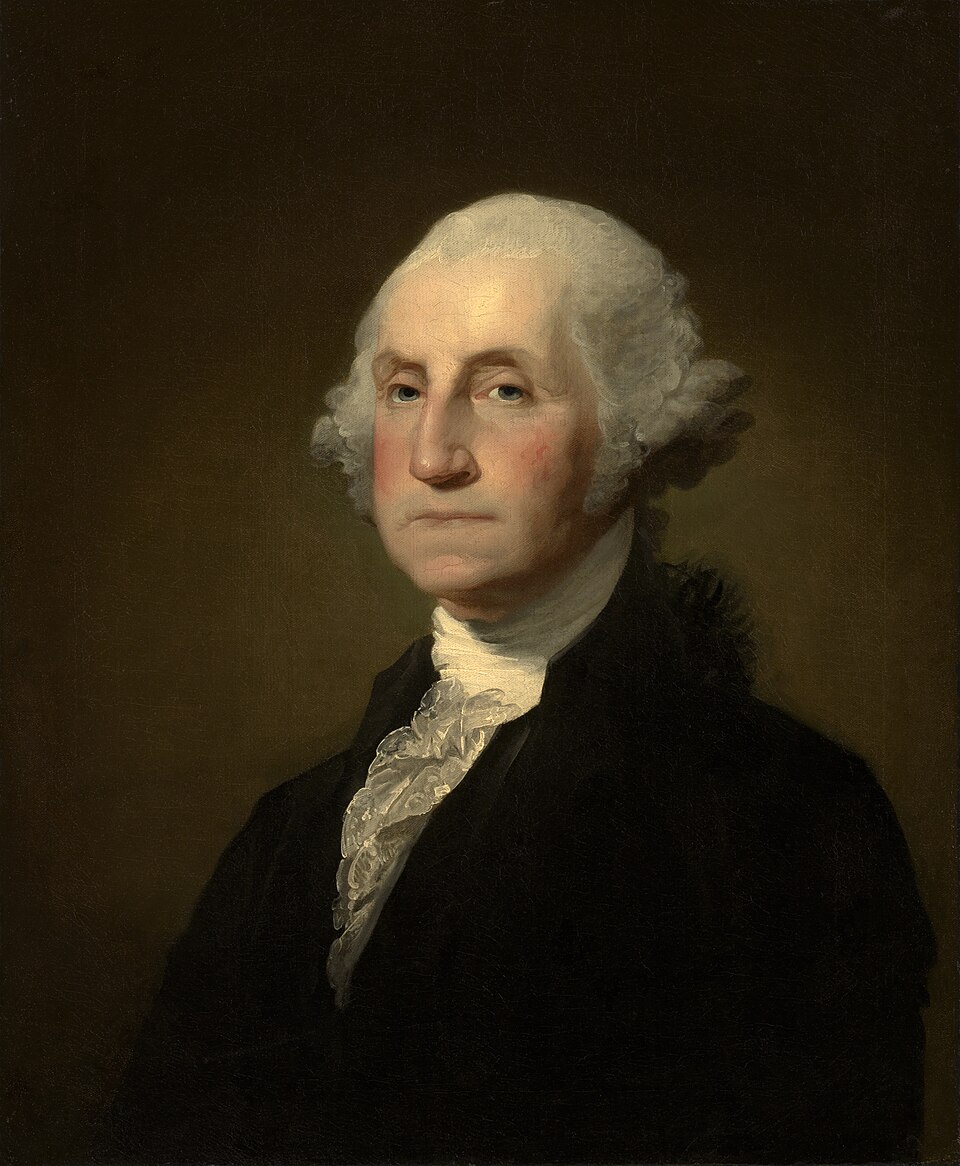
The cherry tree confession lives in schoolbooks because it teaches a tidy lesson about honesty, not because it happened. Parson Weems added the tale after Washington died, shaping a moral fable rather than reporting a scene. Contemporary letters, diaries, and family records say nothing about axes, stumps, or guilty boys. Washington’s real character shows in ledgers and correspondence, in discipline kept through shortages and long winters. That record is harder to memorize, but it is truer and more useful.
Betsy Ross Designed The First Flag Alone
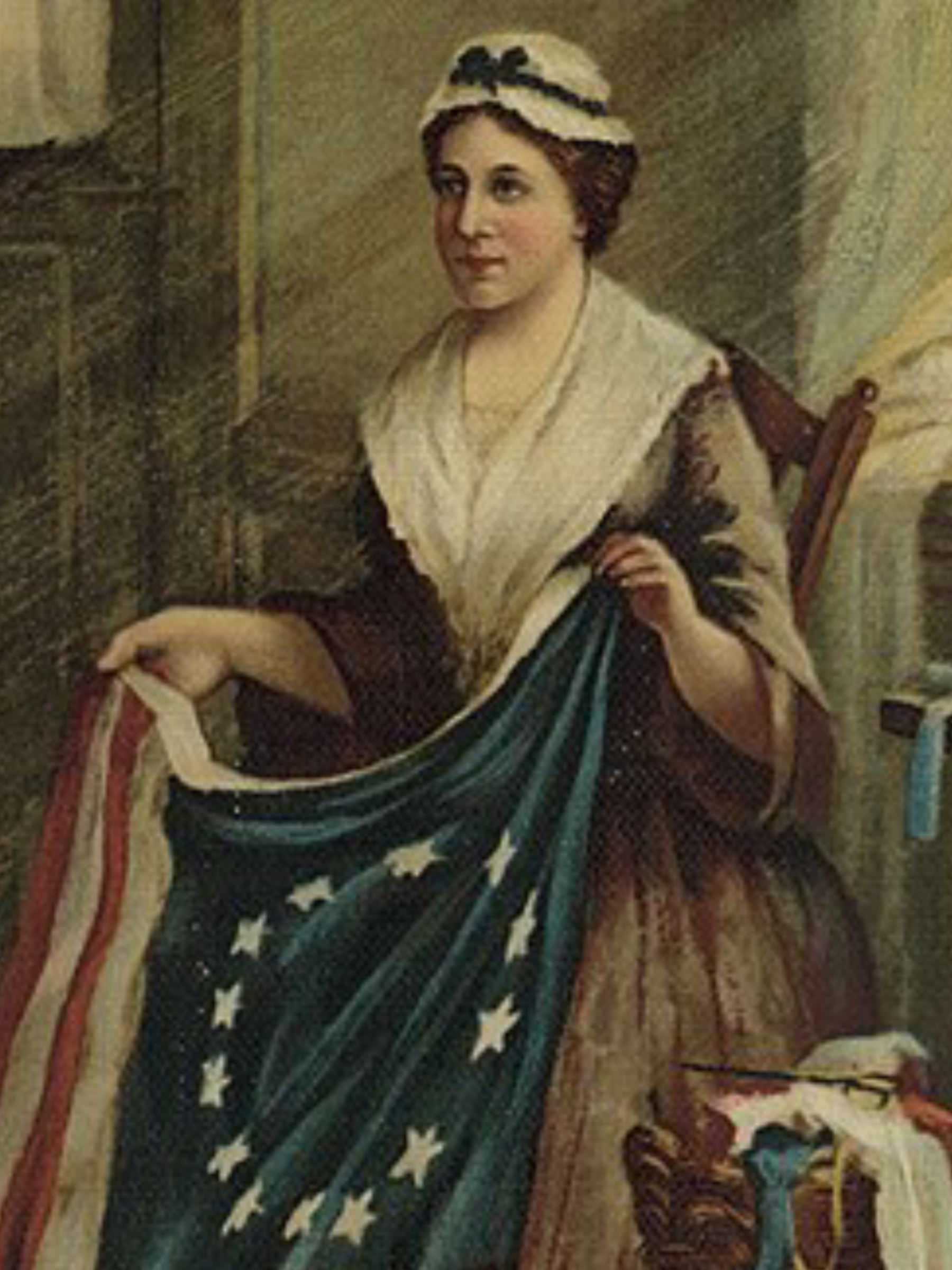
Betsy Ross was a skilled upholsterer who likely sewed flags, yet evidence that she designed the first flag on her own is thin. The emblem evolved through committees, contracts, and shifting needs as states joined and regiments asked for standards. Five pointed stars may have spread through a quick folding method seamstresses shared. Credit belongs to many workshops, including women whose names are lost to receipts and orders. The flag gained power through steady use on ships and parade grounds.
Accused Witches In Salem Were Burned At The Stake
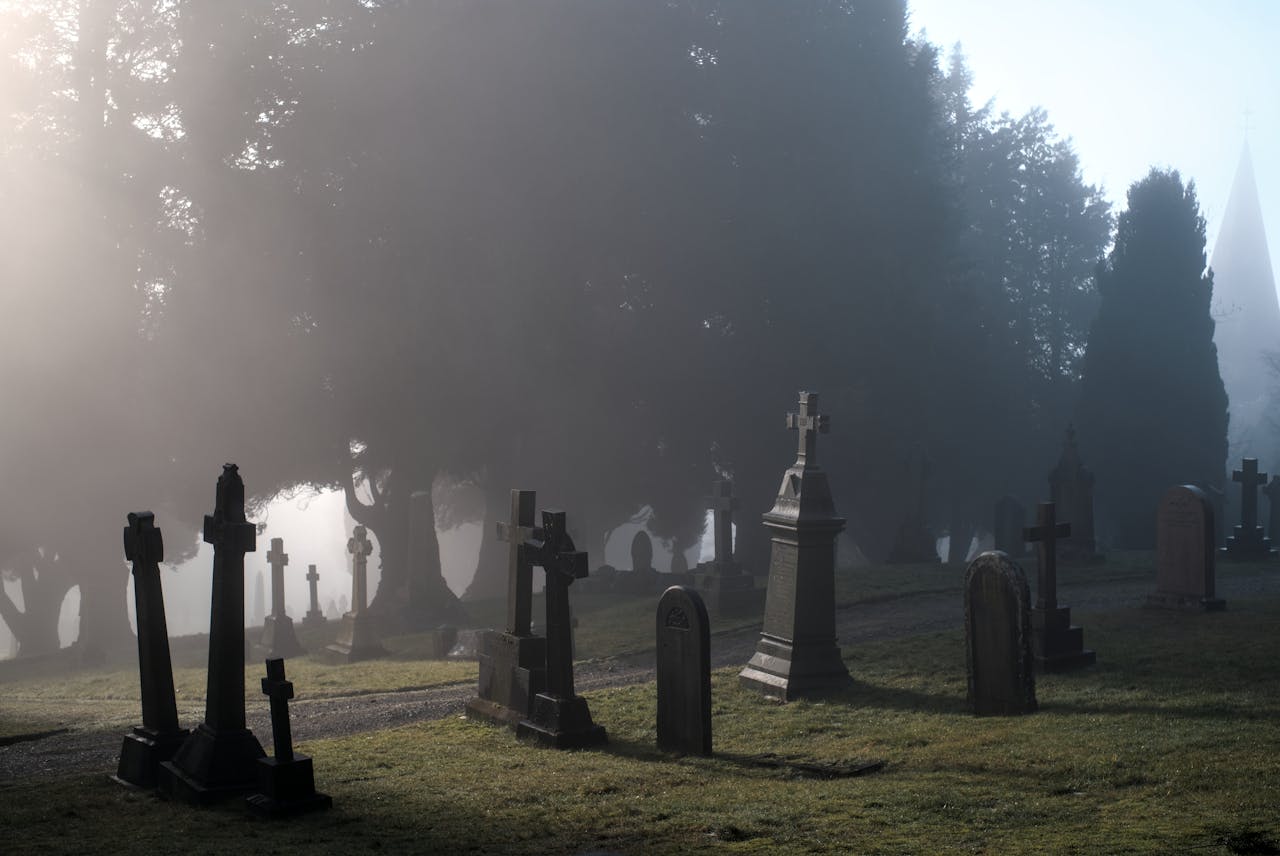
Salem did not burn people at the stake. In 1692 nineteen were hanged, and one man, Giles Corey, was pressed under stones after refusing to plead. Burning scenes belong mostly to European cases and later imagination. The trials collapsed as doubt spread and leaders issued apologies, then compensation followed in the years ahead. The real record is grim enough without imported punishments. Accuracy honors victims and reminds communities how fear can twist law and faith.
The Emancipation Proclamation Freed Everyone Overnight
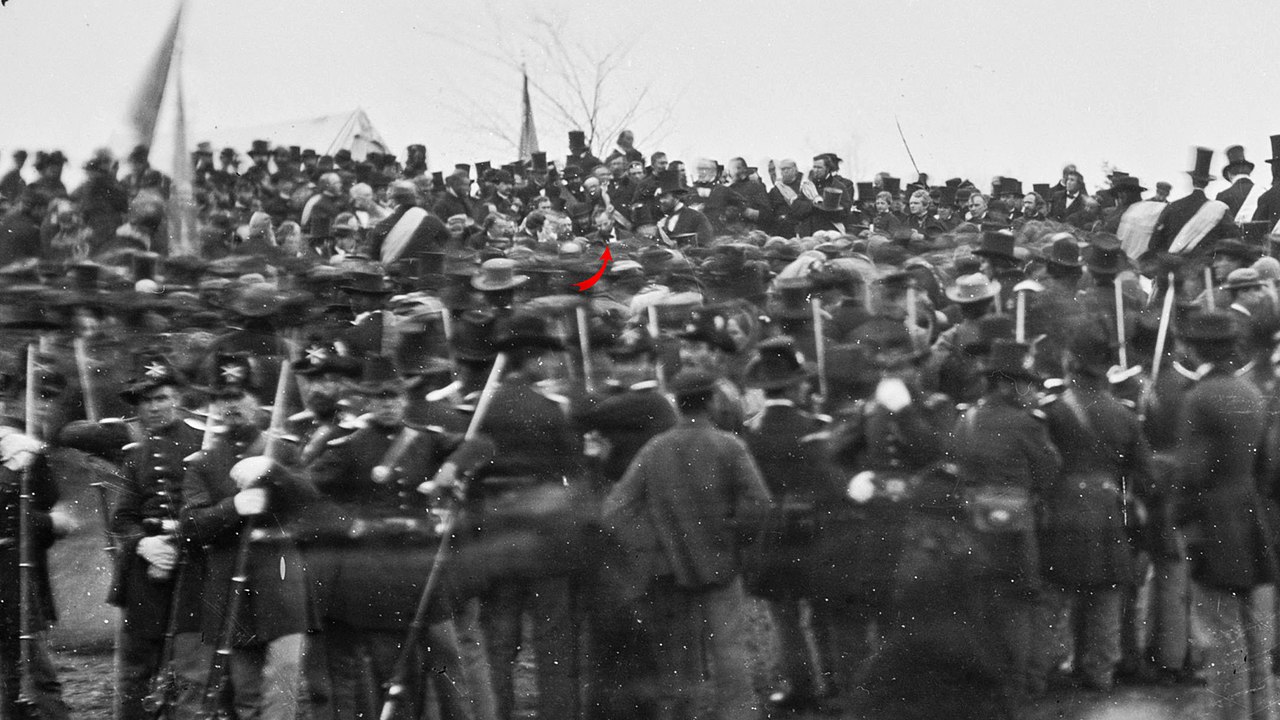
The proclamation of Jan. 1, 1863 declared freedom for enslaved people in rebel areas, and it took effect only where Union control reached. It did not apply to loyal border states, and many learned of freedom as federal troops arrived months later. True abolition came with the 13th Amendment in 1865, when law, victory, and ratifications aligned. The arc was clear, the timing uneven, and the work dangerous. Freedom was walked toward with papers in pockets and guards on the road.
Thomas Edison Invented The Light Bulb In One Stroke
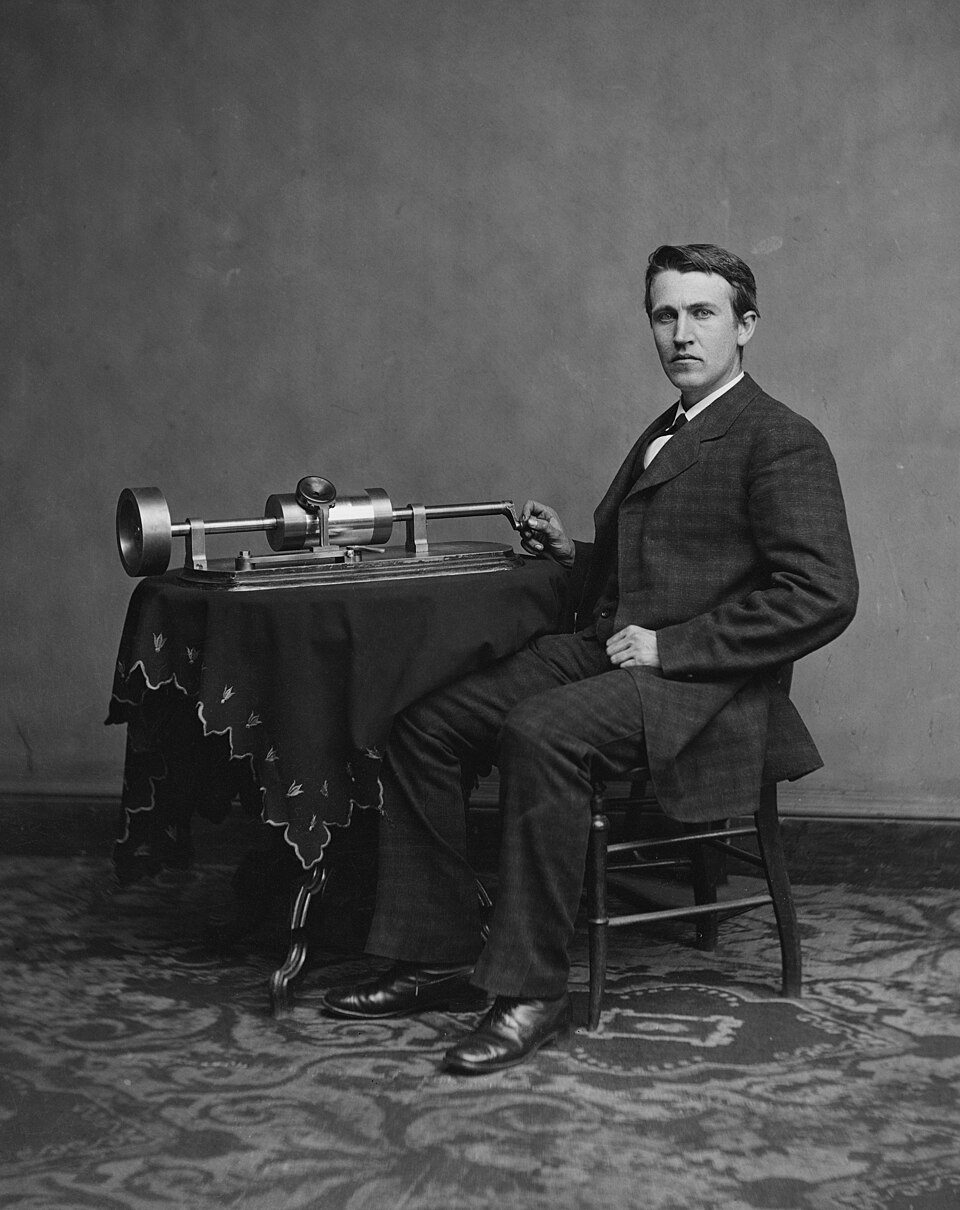
Edison did not invent the light bulb in one leap. Filament lamps existed earlier through work by Humphry Davy, Joseph Swan, and others. Edison’s strength was building a full system and testing relentlessly with a team, improving filaments, vacuums, sockets, and meters while also rolling out generators and service. That package made lighting practical for homes and streets. Credit belongs to many labs, while Menlo Park turned prototypes into daily life at scale.
The Wild West Was A Constant Gunfight
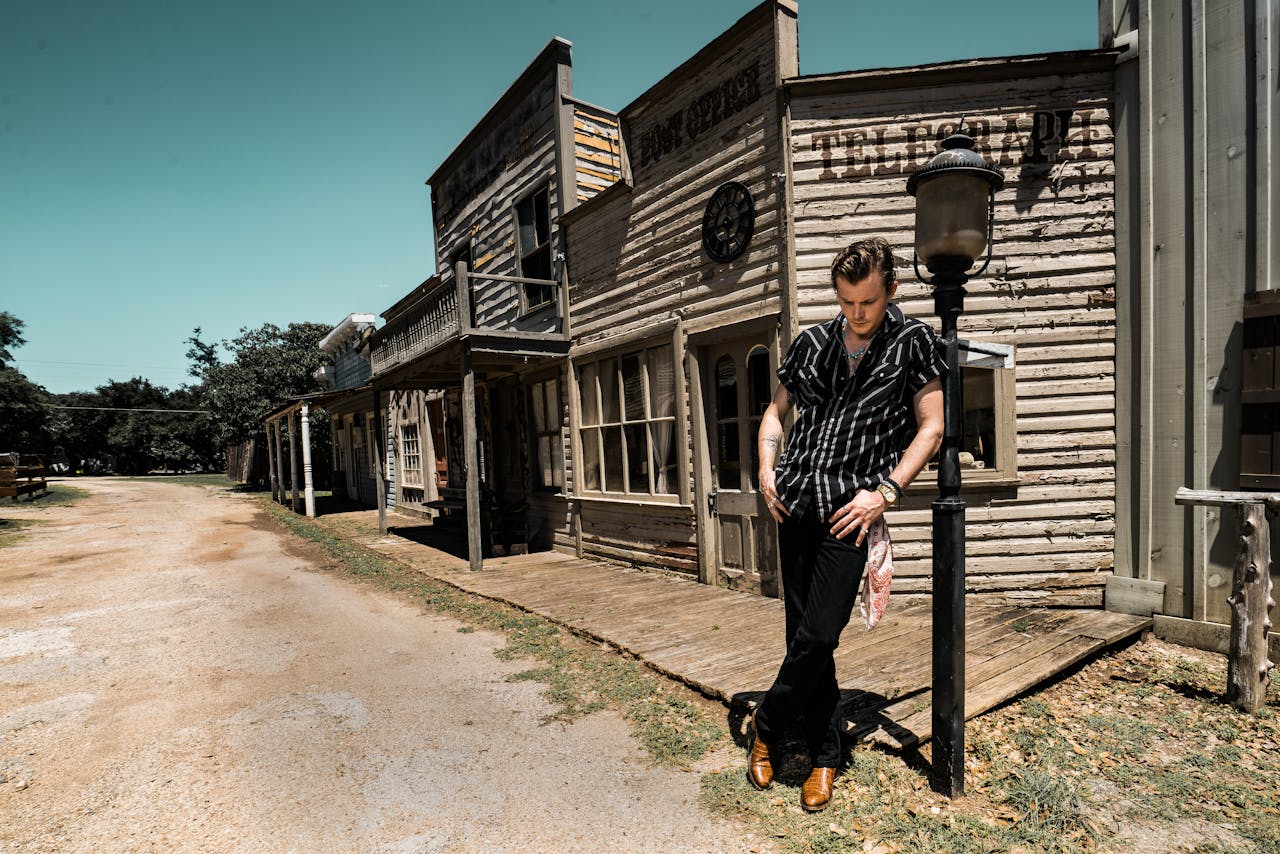
The frontier was not a nonstop duel at noon. Many towns enforced strict weapon rules, requiring visitors to check guns with the sheriff. Most disputes ended in fines, jail time, or civil suits instead of street showdowns. Daily life ran on freight schedules, ranch chores, and school days, not constant shootouts. Dime novels and later films amplified rare violence into a brand. Real order looked like meetings, taxes, and tedious paperwork, which is how places became towns that lasted.
Columbus Proved The Earth Was Round
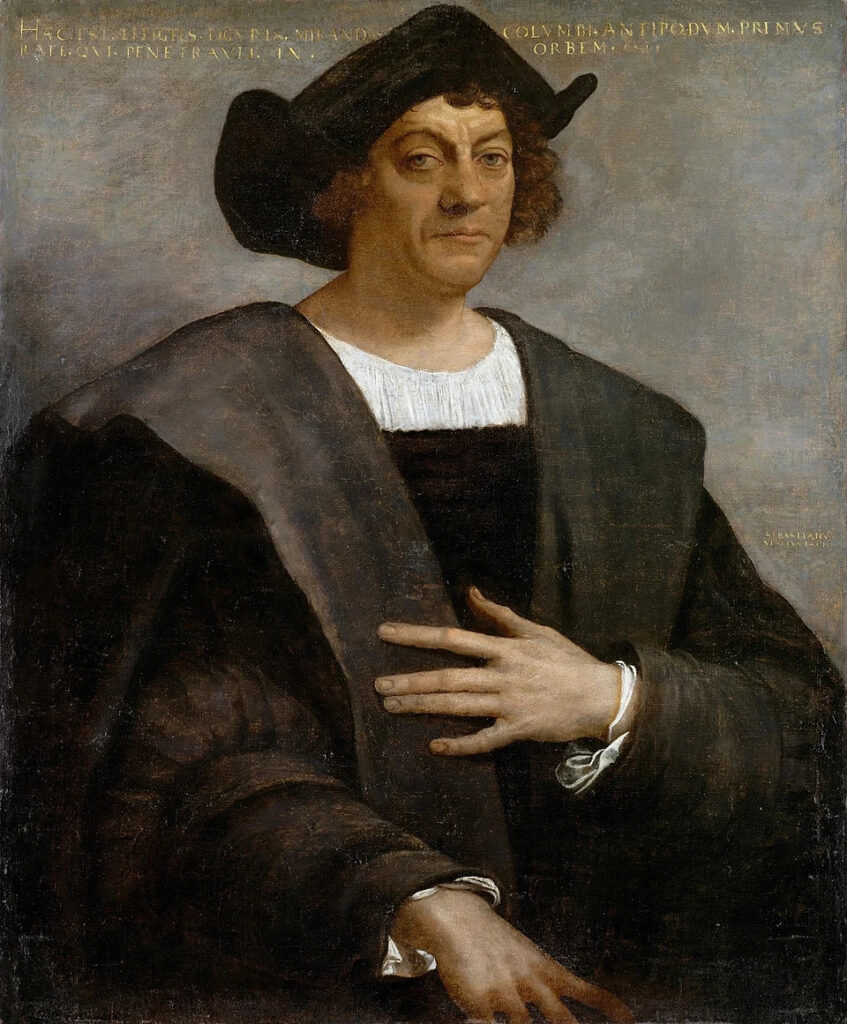
Columbus did not prove the Earth was round. Scholars had argued for a sphere since antiquity. His gamble was on distance, not shape, and he misjudged the size of the globe while sailing into lands Europeans did not expect. What mattered were the voyages of contact and conquest and the vast consequences for Indigenous nations. Geometry was settled. Maps, winds, and politics were not. Reducing the story to a shape lesson hides the real stakes of 1492 and beyond.
